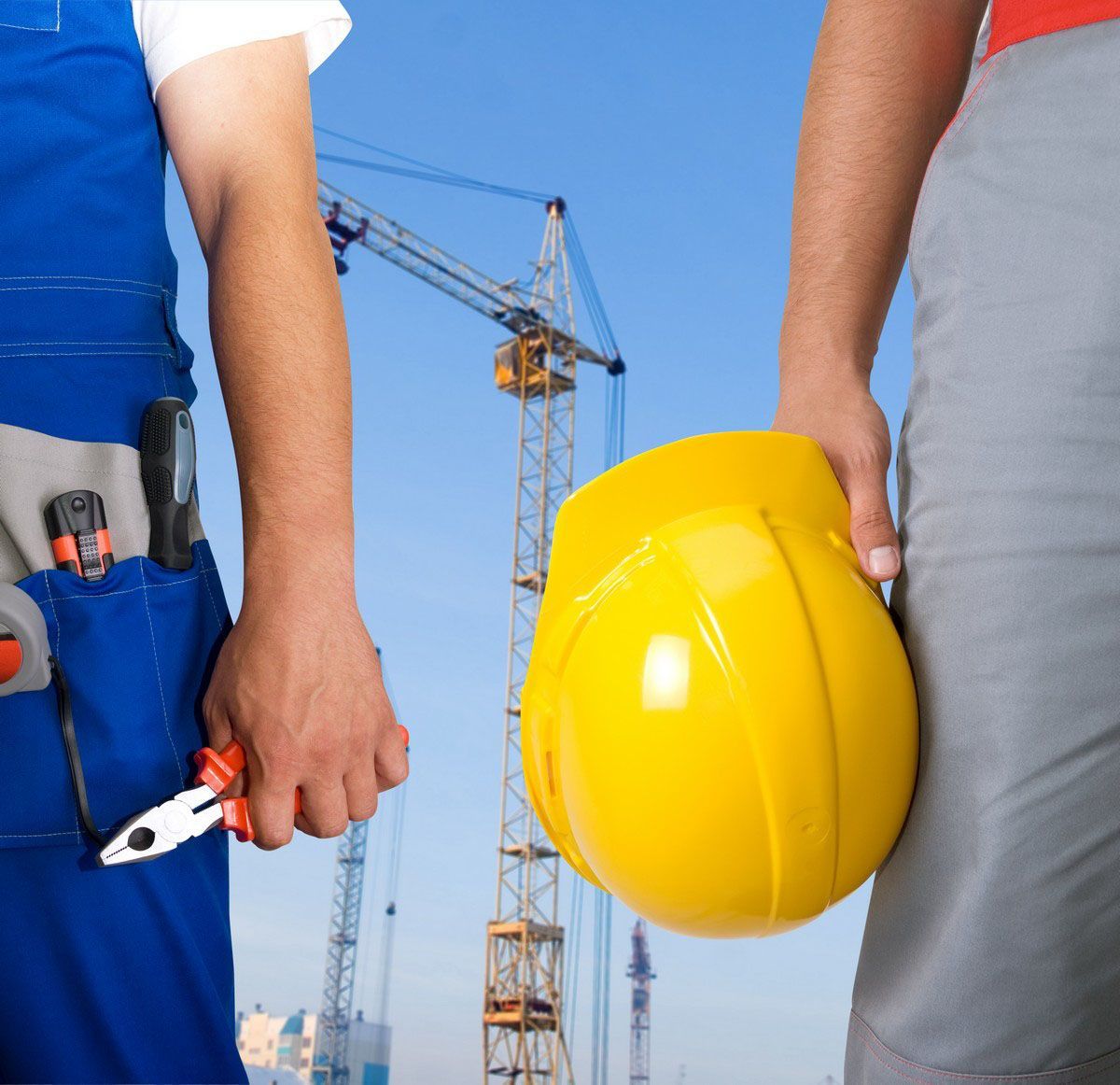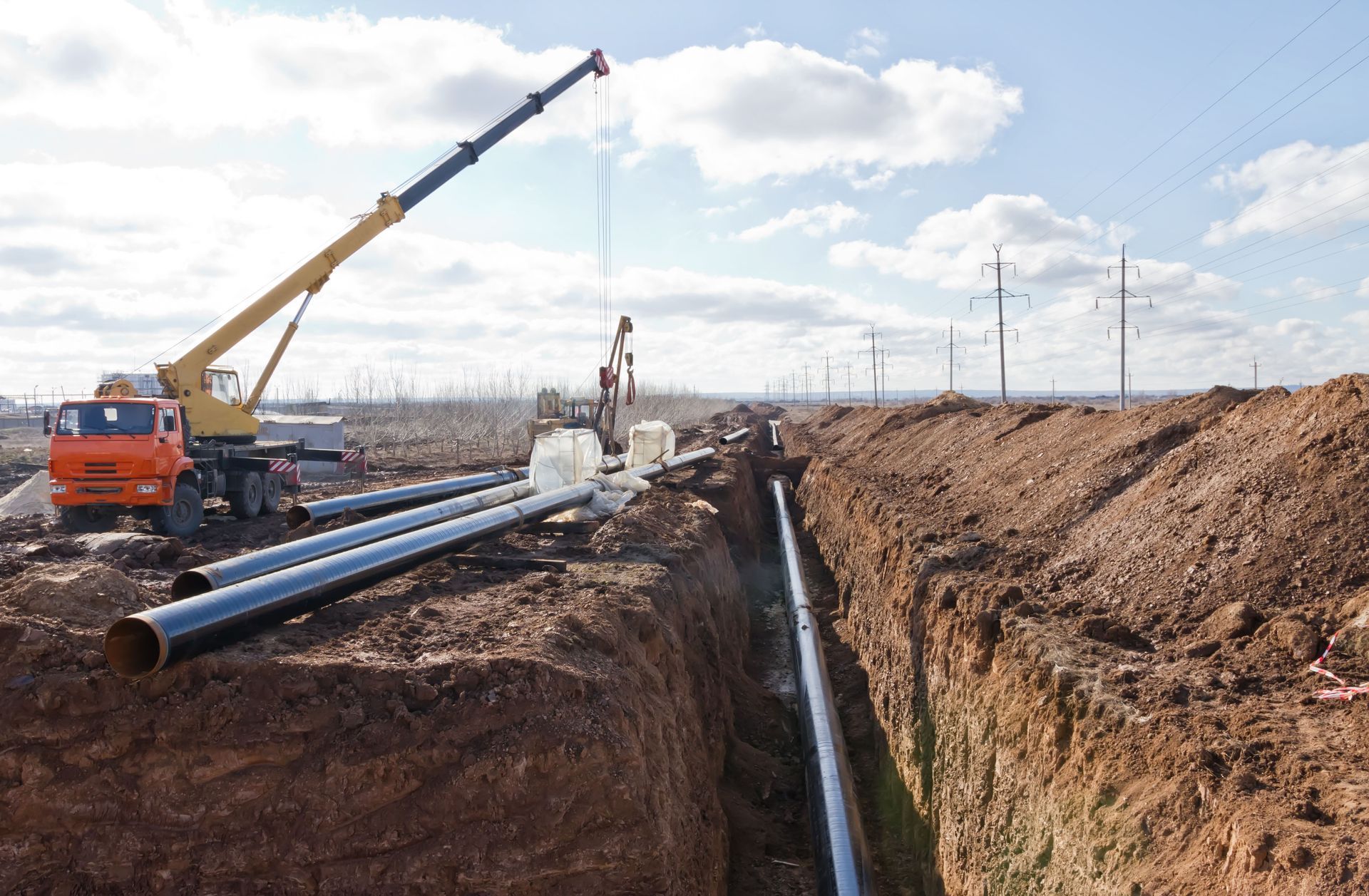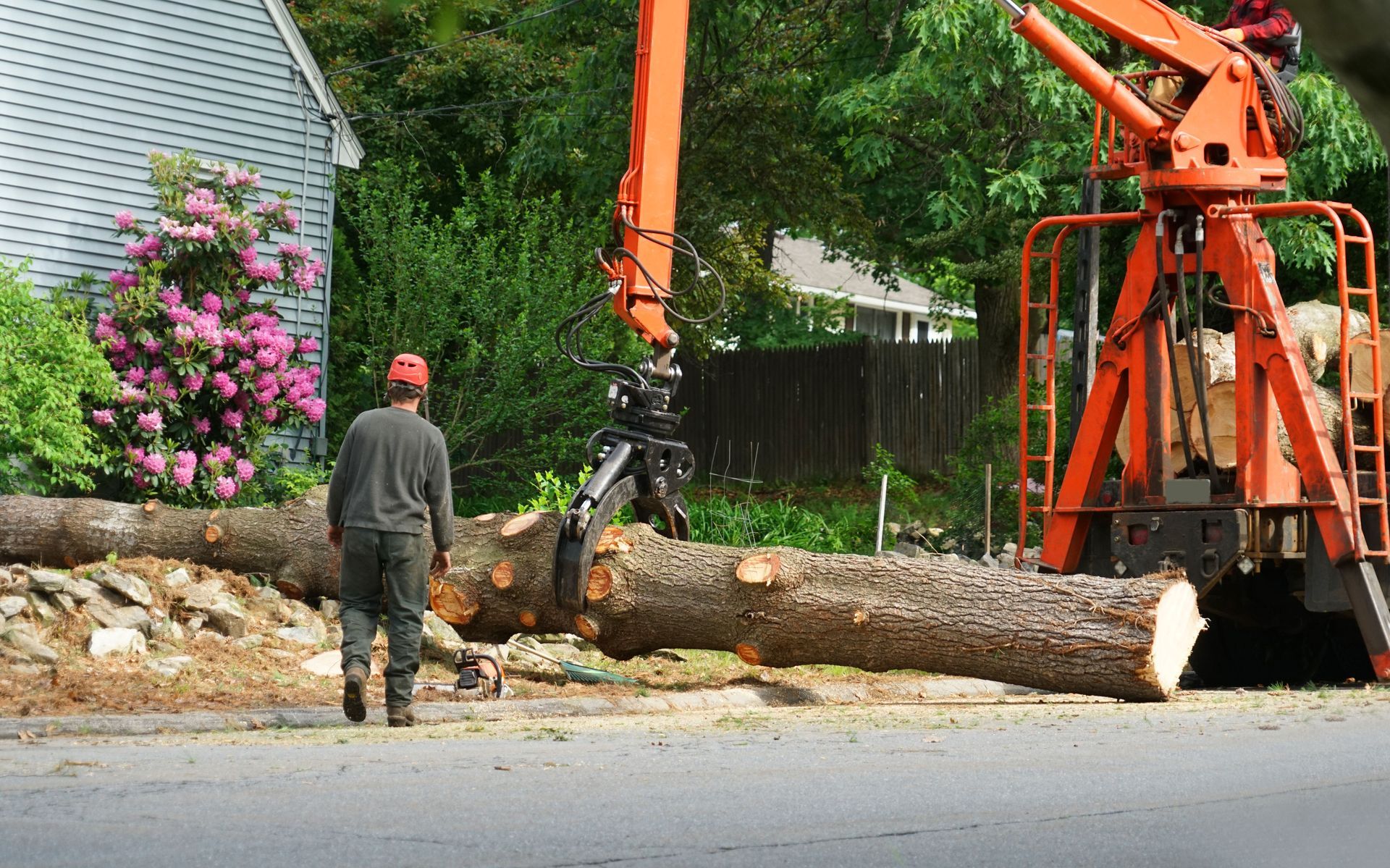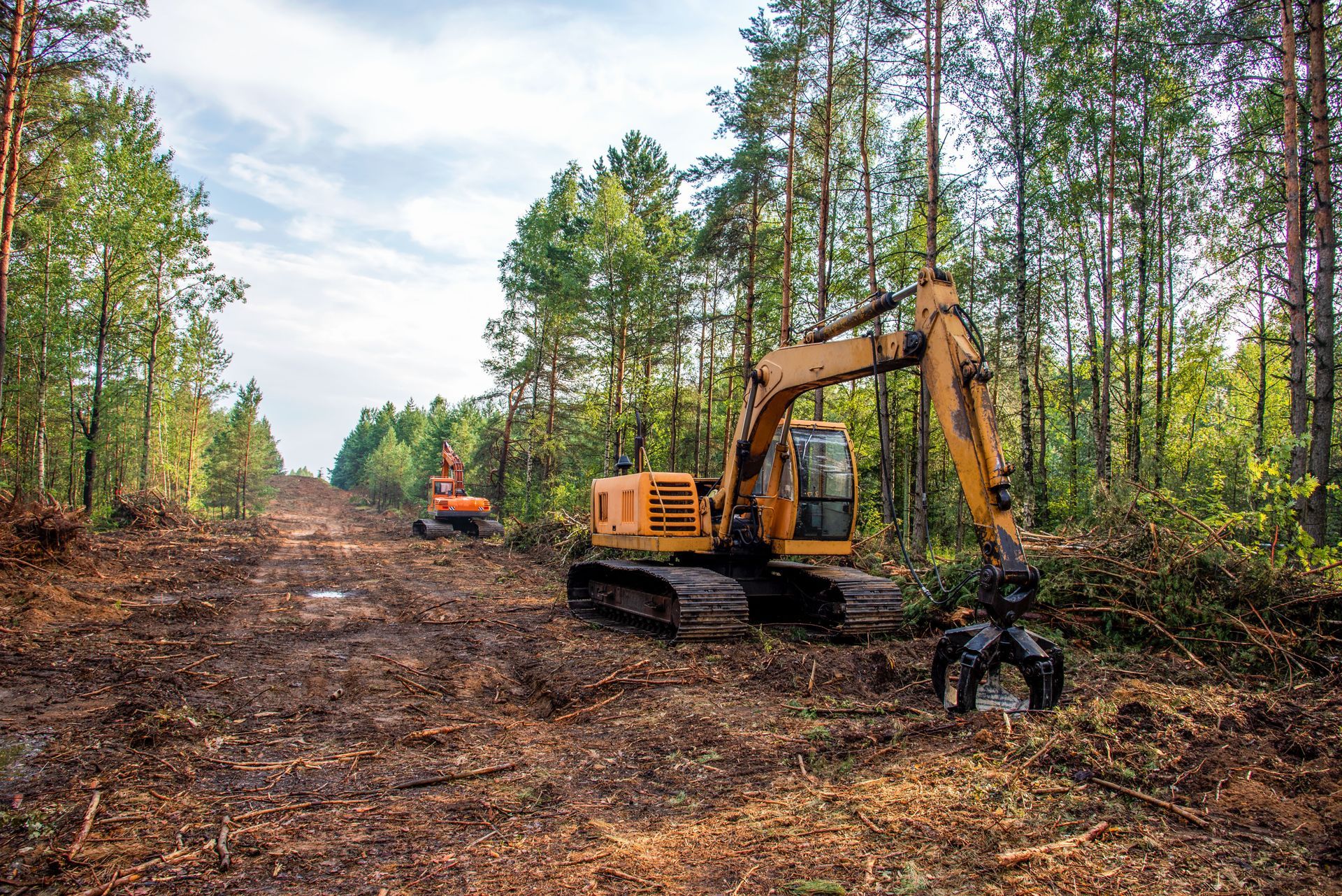Understanding Horizontal and Vertical Limits for Safe Lifting
Highlights:
- Crane reach depends on boom length, load weight, and configuration type.
- Horizontal and vertical reach vary widely among mobile, tower, and crawler cranes.
- Load charts and safety factors determine how far a crane can extend safely.
- Wind, terrain, and counterweight setup influence maximum reach and stability.
- Russ Erlinger Crane Service in St. Louis, MO provides detailed lift planning and modern crane technology for precision lifting.
Understanding Crane Reach
When contractors ask how far a crane can reach horizontally or vertically, the answer depends on several variables. Each crane type-whether mobile, tower, or crawler-has its own rated capacity and boom configuration that dictates how high or far it can lift. Vertical reach refers to how high the boom can extend, while horizontal reach measures the distance from the crane's center pin to the load. These factors combine to determine whether a crane can complete a lift safely and efficiently within site limits, overhead obstacles, or other structural constraints.
Factors That Affect Reach
Several components influence a crane's maximum reach. Boom length, jib extensions, and counterweights all affect stability and range. As the boom extends horizontally, lifting capacity decreases because leverage increases. Soil conditions, ground preparation, and outriggers also matter, ensuring the crane's base can handle the required reach safely. According to the Crane Manufacturers Association of America (CMAA), operators must follow the manufacturer's load chart and evaluate factors such as boom angle, extension, and site conditions to maintain safe operation. Proper setup ensures the crane performs within its rated limits for both height and distance.
Typical Vertical Reach Capabilities
Modern cranes can reach astonishing heights, depending on model and purpose. Truck-mounted telescopic cranes can extend vertically up to 200 feet, while large lattice-boom crawlers exceed 600 feet when configured with a jib. Tower cranes used on high-rise projects often surpass 1,000 feet of lifting height with climbing mechanisms. These heights enable construction teams to place materials precisely at elevation. However, maximum vertical reach doesn't always equal maximum lifting power. As boom angles increase, the crane's load chart dictates a reduced lifting capacity to maintain balance and structural safety.
Frequently Asked Questions
How tall can most mobile cranes reach?
Many mobile cranes extend between 100 and 200 feet, depending on boom sections and optional jibs.
Does adding a jib increase height?
Yes, jibs can add extra height and reach, but they also reduce overall lifting capacity at longer radii.
Do all cranes have the same reach?
No, reach varies significantly by type, size, and manufacturer specifications.
Understanding Horizontal Reach
Horizontal reach determines how far a crane can move a load outward from its center base. It's often the limiting factor in lift planning because leverage increases dramatically as distance grows. A 100-ton crane may lift heavy objects close to its base but handle only a fraction of that weight when the boom extends fully. According to the Oregon OSHA guidance, as the lift radius increases, the crane's lifting capacity decreases, making proper radius planning essential to avoid overloading or tipping.
Load Charts and Safety Margins
Manufacturers provide detailed load charts to show how reach, boom angle, and counterweight affect performance. Operators and planners use these charts to select the right crane for each job. For example, a 90-foot boom may handle 10,000 lb at a 30-foot radius but only 2,500 lb at 90 feet (under ideal conditions). Engineers derive these figures assuming level ground, no wind, correct setup, and properly extended outriggers. According to Crane Training Services, misunderstanding or misusing load chart data-especially in extended radii-has been cited as a frequent factor in crane incidents, underscoring the importance of strict adherence to load chart limits.
Environmental and Site Considerations
Weather and terrain significantly influence horizontal and vertical performance. Wind speeds above 20 mph can limit boom extension due to swaying or stability risk. Sloped or uneven terrain also reduces safe working reach unless properly leveled and supported. Soil compaction tests and outrigger mats distribute the load to prevent sinkage. In urban environments like St. Louis, MO, operators must also consider obstacles such as buildings, power lines, or tight access roads. Site-specific conditions often determine whether a particular crane configuration is appropriate for the lift's geometry and safety requirements.
Frequently Asked Questions
Does wind affect how far a crane can reach?
Yes, strong wind reduces safe reach because it increases boom sway and instability.
What happens if the ground isn't level?
Uneven terrain can tilt the crane, reducing capacity and risking tip-over without proper stabilization.
Do cranes perform differently indoors?
Yes, indoor or confined-space lifts often require smaller or hydraulic cranes with compact reach profiles.
Comparing Crane Types by Reach
Different crane categories serve distinct lifting needs. Mobile cranes offer flexibility and setup speed, making them ideal for short-term projects or multiple site moves. Lattice-boom crawler cranes provide superior vertical reach and stability for heavy construction or industrial applications. Tower cranes dominate high-rise construction with extended vertical and limited horizontal radius. Telescopic cranes, commonly used by Russ Erlinger Crane Service in St. Louis, MO, balance both vertical height and horizontal outreach through sectional booms. Choosing the right type depends on the lift's geometry, available space, and required load capacity.
Reach Optimization Through Attachments
Many cranes feature extensions such as fixed or luffing jibs, which expand reach while maintaining stability. Luffing jibs allow the boom to adjust angles, ideal for tight urban sites with limited swing room. Fixed jibs, on the other hand, extend both height and horizontal distance but reduce lifting capacity. Modern hydraulic systems also allow smooth boom telescoping, giving operators precise control. Planning with these attachments lets project managers position materials in hard-to-access areas without compromising safety or efficiency, especially on multi-level or irregular terrain construction sites.
Planning for Safe Lifts
Before any lift, a detailed lift plan outlines reach, radius, boom angle, and load weight. Planners measure from the crane's rotation center to the load's final position, ensuring the lift stays within charted limits. Crane simulation software helps visualize boom angles and obstructions. Pre-lift meetings align the crew on signals, weather monitoring, and emergency procedures. This systematic approach reduces on-site surprises and improves communication. For complex lifts in downtown St. Louis, professional oversight from an experienced company like Russ Erlinger Crane Service ensures precision, compliance, and safety from setup through completion.
Frequently Asked Questions
How do I know what size crane I need?
Provide lift height, load weight, and distance to your crane provider-they'll match equipment using load charts.
What is a lift plan?
A document outlining every element of a crane lift, including reach, capacity, and safety protocols.
Can a crane's reach be extended on-site?
Yes, some cranes allow additional boom or jib sections if planned and rated for the setup.
Crane reach, both vertical and horizontal, reflects a careful balance of engineering, safety, and planning. From telescopic mobile cranes with 200-foot booms to tower cranes soaring over 1,000 feet, the correct equipment choice depends on project geometry, load weight, and site conditions. Understanding how reach affects capacity prevents overextension and potential accidents. By working with a trusted provider like Russ Erlinger Crane Service in St. Louis, MO, contractors gain access to professional operators, precise lift planning, and equipment designed to meet demanding height and distance requirements safely and efficiently.





Share On: